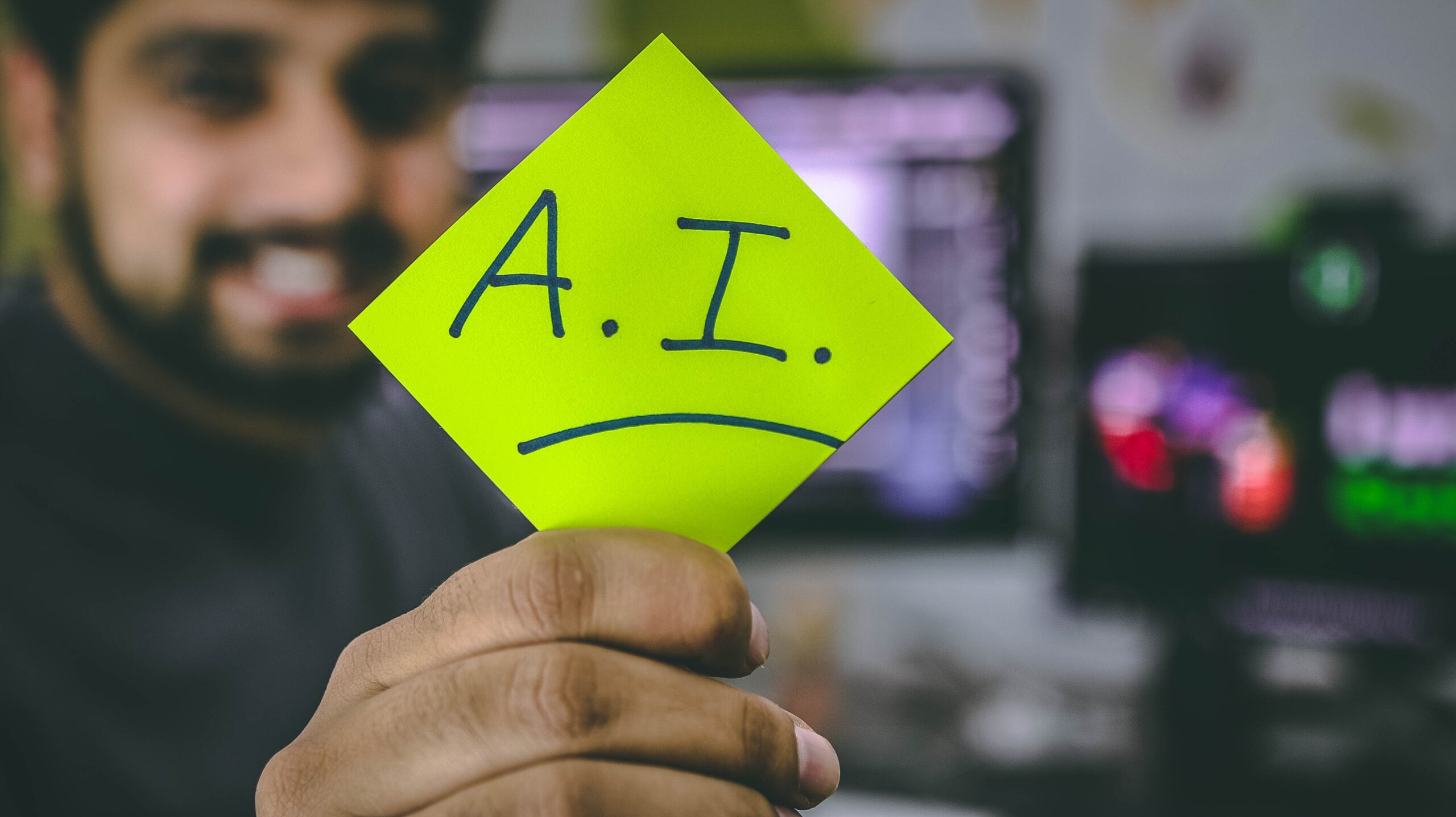
AI has been growing in popularity and growing its presence in almost every part of our lives. Whether it’s the algorithms on our social media platforms, the newfound craze around AI-generated artwork or even a quick Google search. For years now, Google has been utilising artificial intelligence and automation to improve their search results, from how they crawl websites to the way they understand language. From the original RankBrain algorithm back in 2015, through neural matching, BERT and MUM, Google have had plenty of AI breakthroughs and maintained its position as a frontrunner in AI-driven search.
However, the recent release of ChatGPT has arguably set Google back and Bing forward, even triggering the early release of Google’s very own chat system – Bard. Could this release be enough to maintain its frontrunner status, or could ChatGPT be the first step in Google’s struggle? We’re digging a little deeper.
What Is ChatGPT?
Open AI have been leaders in AI innovation for a while now, and their newest release, ChatGPT, is taking the internet by storm. This chat system has been trained to interact in a conversational way with users, offering a dialogue format that is not only easy to understand but allows for follow-up questions and digging deeper into a subject without having to reword your search query. It will even admit any mistakes, challenge incorrect premises, and reject inappropriate requests.
When announcing ChatGPT’s release, OpenAI stated that ChatGPT is a constantly-learning system that, while well-trained, still runs into limitations. Upon first release, some of the key limitations included:
- Incorrect or nonsensical answers that are plausible-sounding. This can be difficult to fix, but is ongoing.
- The system is sensitive to small tweaks, where an answer may not have been found before, but a slight tweak to wording will provide an answer
- Overuse of certain phrases, caused by overbias in training and over-optimisation issues
- Sometimes the system will guess what the user meant rather than asking clarifying questions
- The system will usually refuse inappropriate requests, but it will sometimes respond to harmful instructions or exhibit biased behaviour. User feedback will help to improve this particular system.
Following user feedback, updates have been put into place for improvements to the system, including:
- Performance improvements, including reduction in ChatGPT refusing to answer
- Improvements for factuality and mathematical capabilities
- A new Plus plan for improved speed and new, experimental features
- Free plan updates to improve free version of ChatGPT
- Plus plan international roll-out
ChatGPT is already in use on the new version of Bing, offering a truly unique search experience that could change the way we browse the web or find answers that we need. The system works the same way as it does outside of Bing, but can be accessed within the Bing SERPs. For Google, this move set them behind. Without its own chat system up and running, it meant Bing held itself a step ahead in AI.
Introducing Bard
Google had been working on Bard, their own AI chat system, for some time, but reports have suggested that the pressure from Bing and ChatGPT caused them to release the system in a rush.
Google announced in early February that they would be releasing their own ‘experimental’ conversational AI tool named ‘Bard’, stating that it would work alongside other new AI-powered features they intended to add to Google Search. With first access given to trusted partners for testing, the public was due to gain access to the system ‘within the coming weeks’.
There had previously been no imminent intention to release a conversational AI tool, but with the pressure from Microsoft and ChatGPT’s viral fame, it was only a matter of time before the search engine giant took matters into their own hands. Within ChatGPT doing everything from answering queries, to generating essays, poetry, scripts and more, the pressure to create something just as good, if not better, was significant. Previously, Google’s AI systems have been very behind-the-scenes, with the public not typically being able to see any AI tools at work. The chat system will change that completely.
Google CEO, Sundar Pichai, announced “AI is the most profound technology we are working on today. That’s why we re-oriented the company around AI six years ago – and why we see it as the most important way we can deliver on our mission: to organise the world’s information and make it universally accessible and useful.”
“[Bard] seeks to combine the breadth of world’s knowledge with the power, intelligence and creativity of our large language models.”
How successful this chat system will be or exactly what we can expect from it have yet to be seen, but initial reports and Google’s blog post seem to suggest that it works in a similar way to ChatGPT, with a focus on offering easily accessible information, even simplifying that information down to whichever level you need it.
We’re keeping a close eye on Google’s Bard and ChatGPT in the coming weeks to see just what this newfound technology could offer in terms of search and how we, our clients and their customers access information and the sites that they need. Keep an eye on our blog here at Silkstream to find out more.

